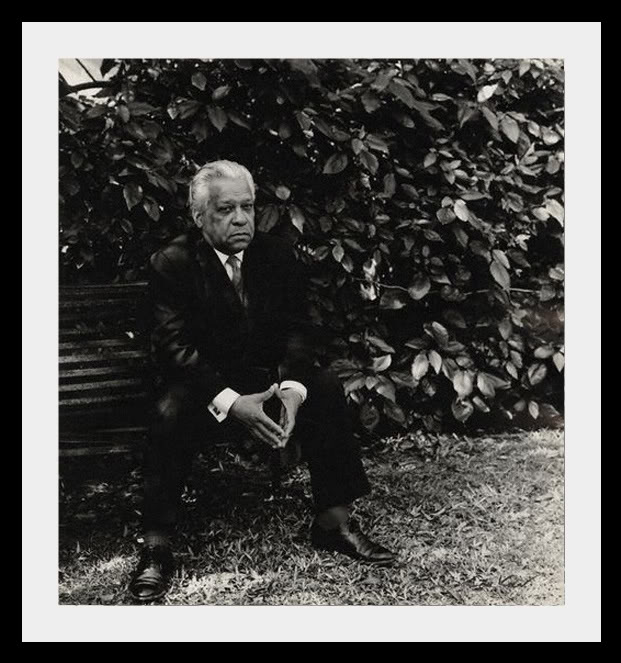4.1.1.14 Cubanness and poetic confluences in Nicolás Guillén (1902-1989)

Nicolás Guillén is rightly Cuba’s National Poet; not for political reasons, but because he best knew how to integrate, with the greatest aesthetic refinement, the diverse cultural currents that had always flowed toward the formation of the nation, with a resolute commitment to the people, their pain, and their modes of expression, overcoming the black-white dichotomy and other painful disagreements, to take the side of the dispossessed and exploited.
Negrismo, along with a few rare modernist poems, was the starting point of Guillen’s lyrical style, a movement he cultivated assiduously in the late 1920s and early 1930s, but with echoes that would permeate his entire subsequent poetic career.
His “negrismo” had contacts with other productions of this kind but was definitely unique in the insular context and even in Latin America for its investigation into the social situation of black men and women, the underlying causes and a history of race in Cuba that is not proposed but emerges from a tone that is not at all scholarly but rather from a succinct lyricism, with a great popular content, to which it always returned amplified by musicians and singers who thus increased the range of action of Guillén’s work.
Guillen’s rhythmic discoveries are evident in the poeticization of son and the effective use of a variety of meters and rhythms that produce a euphonious effect unparalleled on the island. Added to this is the use of motifs and lexical elements rooted in Havana’s rural areas, with a touch of hilarity that allows him to reach deeper understandings, without ever creating a pamphlet against discrimination.
However, Guillén did not stop at black poetry; it allowed him to increasingly broaden the social base of his poetry, ultimately on the side of the humble. But due to the abundant lyrical charge and his own defense of the dispossessed of other latitudes, his verse would achieve universality and timelessness in the topics most dear to men and women who dream of and promote the utopia of a better world.
After the Triumph of the Revolution, Guillen’s work reached its fullest meaning, firstly because he had already predicted and invoked from his poetics what would later be the substance of the Revolution – he had even been a member of the Communist Party – and he dedicated himself to singing the victories of the process insofar as these were for the people, since a tribute sprang from his ethical and aesthetic roots that he would maintain until his death in 1889.








